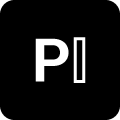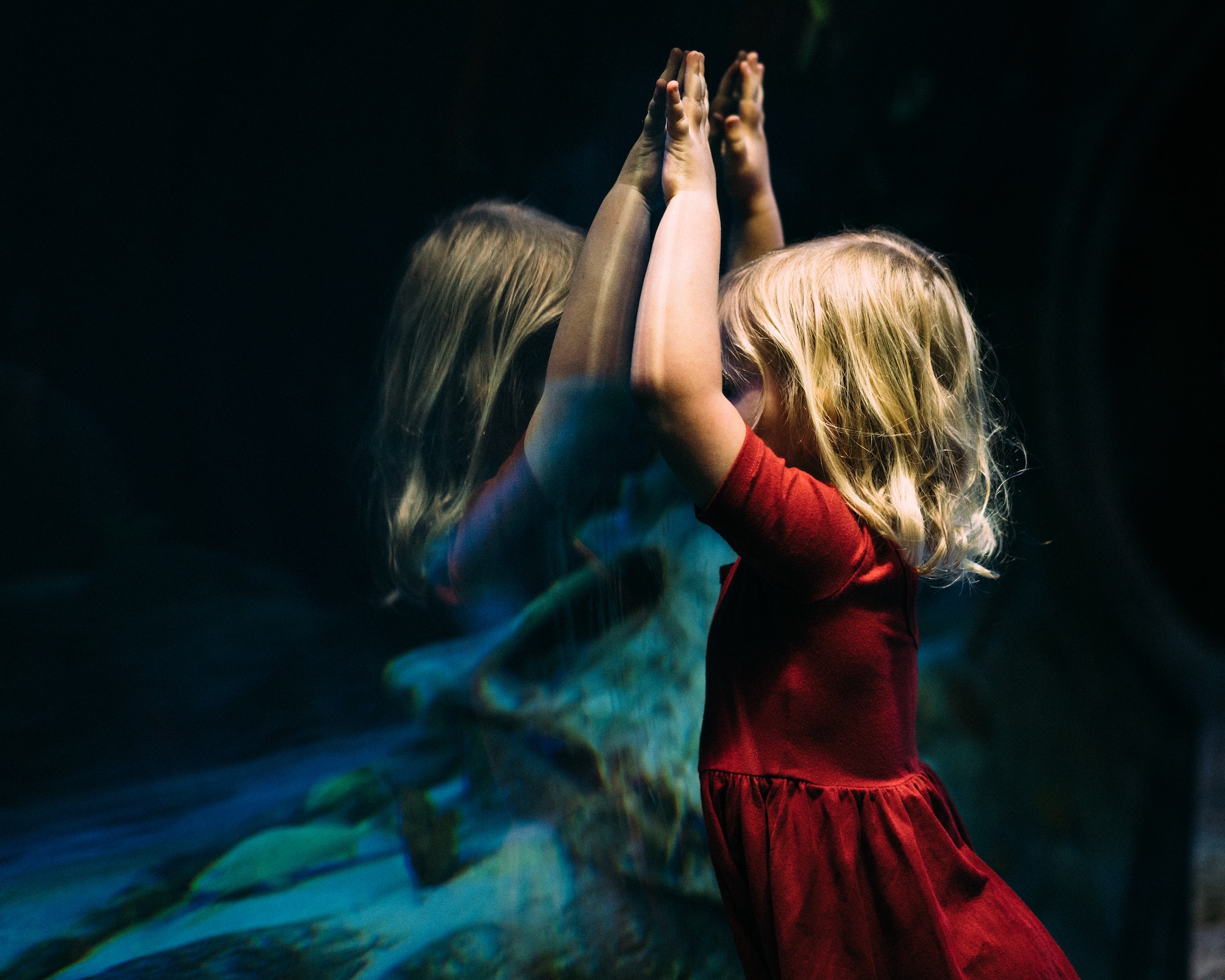Our greatest spiritual systems all describe the world as characterized by interdependent opposites. Taoism has yin and yang. Hinduism has Shiva and Shakti. Kabbalah has its “Pillar of Mercy” (kav yamin) and “Pillar of Severity” (kav smol). Sufis worship God as both transcendent (as-Zahir—’Manifest’) and immanent (al-Batin—’Hidden’).
Everything we know, we know both directly and reflected by its opposite. Duality is built into our bodies: our inhale and exhale, the systole and diastole of our heartbeats, the hemispheres of our brains. It’s built into our psyches: We love and hate, risk and fear, and rejoice and grieve simultaneously, often confusing ourselves.
Art is characterized by as many dualities as it has forms: positive and negative space, loud and soft, movement and rest, and many more.
Our most fundamental physics is characterized by a phenomenon called wave/particle duality. Turns out, everything we’re made of behaves both like interconnected waves and independent particles. It’s a puzzle.
Einstein’s E=mc² says everything is energy, and what is energy? The dynamic interaction of positive and negative charges. Duality.
The cliche ‘there are two sides to every story’ holds. Our world is dual.
But our minds analyze and fragment our experience, insisting it be ‘either/or.’ That’s valuable for basic survival, for distinguishing threats from benefits, but comes with a high price, causing restriction and suffering, because our deepest nature is ‘both/and.’ And the universe in which we live is ‘both/and’—at least! Fragmentation keeps us safe and alive, but it also lessens us. Embracing both sides of things aligns us with our full nature, transcending the halves and holding the whole.
But then even that whole can become half of a duality: a thesis to which we can propose an antithesis. And then we need to step back again, taking a larger look, reconciling that thesis and antithesis into a next-level synthesis, a new, even higher-level holism. And then we can do the dialectic again, and again, embarking on a journey not of infinite regression, but infinite ascension—a seeking of ever higher and deeper truths.
Am I describing the scientific method or a striving towards God? Sometimes it’s hard to tell the difference.



Oh grasshopper!
What love this is. A way of embracing yourself and your reader’s at the same time, The ultimate ‘both/and’ expression. The dual dance described most deliciously.
Because you are who you are you seem to be describing both science and spirit. Perhaps we’ll enjoy creating a new word which would encompass both concepts.
Love,
Sistah D
You mentioned that the opposites in our world are “seemingly” disparate. Two books that share that point of view:
A. * Art & Physics: Parallel Visions in Space, Time & Light * by Leonard Shlain
The author’s thesis is that artists somehow anticipate advances in science *even though they have no knowledge or exposure to it*! For example, images in post-modern art, especially cubism, seem to predict what the world would like close to the speed of light! Very intriguing.
B. *The Alphabet versus the Goddess * by Leonard Shlain
This books looks at how either the male or female dominates depending on whether the cultural embraces the oral/creative/right-brain or the written/analytic/left-brain. Another fascinating read, one which I think you would like given your discussion of duality.
Finally, some thoughts on your rejection of strict duality and your embracing of holism (“both/and”). Even theoretical physics, the accepted father of the “hard” sciences, has had to give up the notion of either/or in the face of quantum mechanics and the theory of relativity. Light is both a particle and a wave, depending. And matter and be a wave and a particle, depending. Time, mass, and length depend on frame of reference, none of which are privileged. And general relativity predicts black holes, where all of the normal rules of physics, including causality, break down.
Thanks for your comments! “The Alphabet Versus the Goddess” is one of my favorite books. Shlain’s proposal that Siddhartha Gautama—the original Buddha—may have developed his belief that birth causes suffering because his own mother died bearing him blew my mind. Such a bold and fascinating conjecture.
Your thoughts about modern physics are very much in line with what this blog will be continually exploring… Wave/particle duality is a breathtaking discovery—I believe it should be required knowledge. Ethics follow easily from entanglement.
I agree all is gray – both/and. But to me the either/or (eg egg or sperm – or yin and yang) are transformed into something different -something both and – a new human or the Tao (using the examples above) – and these are mysteries, which cannot be understood or described
Thanks for your comment, Rook. I never meant to imply anything was gray—all our best spiritual systems endorse an integration of opposites that transcends them both, rather than simply mixing them. That synthesis is always where the mystery always lies… I couldn’t agree with you more!